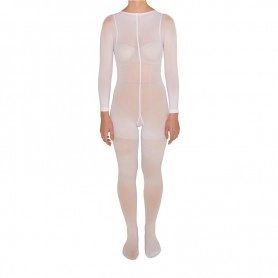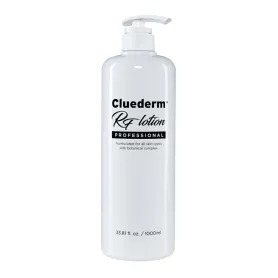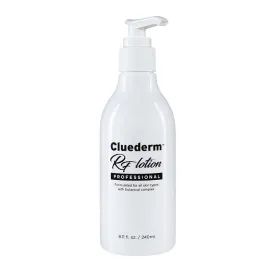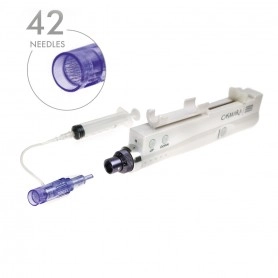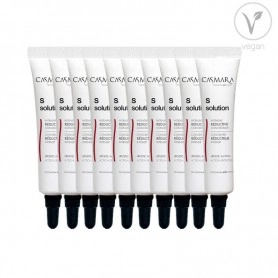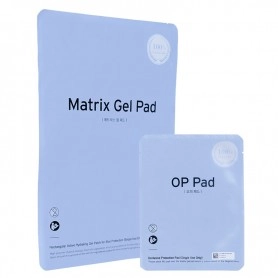Cavitation: Effective Fat Reduction Without Surgical Intervention
Historical Background: Cavitation treatment has its roots in ultrasound technology, which has been used in medical applications since the 1950s.
Consultation and Skin Analysis: Before a cavitation treatment, a comprehensive consultation is conducted to understand the individual needs and expectations of the client. A skin analysis may also be performed to determine suitability for the treatment.
Treatment Options: Cavitation treatment is a non-invasive method for reducing localized fat deposits. It utilizes ultrasound technology to destroy fat cells.
Detailed Treatment Process:
Preparation: The area to be treated is cleansed, and a special gel is applied to optimize the transmission of ultrasound waves.
Ultrasound Application: A handpiece is placed on the skin to deliver targeted ultrasound waves. These penetrate the fat tissue and create pressure differences that lead to an implosion of fat cells.
Massage or Lymphatic Drainage: After the ultrasound application, massage or lymphatic drainage can help promote the breakdown of fat metabolism.
Session Duration: The duration of a cavitation treatment may vary depending on the area being treated but typically ranges between 30 and 60 minutes.
Aftercare and Care Recommendations: After treatment, care recommendations are provided, which may include adequate fluid intake and light physical activity.
Expected Results: Results vary, but many clients report a visible reduction in fat deposits after several sessions.
Risks and Side Effects: Possible side effects include redness, slight swelling, or temporary sensitivity in the treated area.
Treatment Cycle and Regularity: A complete treatment cycle may require several sessions performed at regular intervals.
Alternative Options: Cavitation can be combined with other technologies such as radiofrequency or lymphatic drainage to achieve optimal results.
Long-term Body Care: Maintaining results requires a balanced diet, adequate fluid intake, and regular exercise.
Safety Standards and Hygiene: Cavitation treatment should be performed in facilities that adhere to strict safety standards and hygiene practices.
Cavitation treatment offers a non-surgical option for individuals looking to specifically reduce localized fat deposits.





